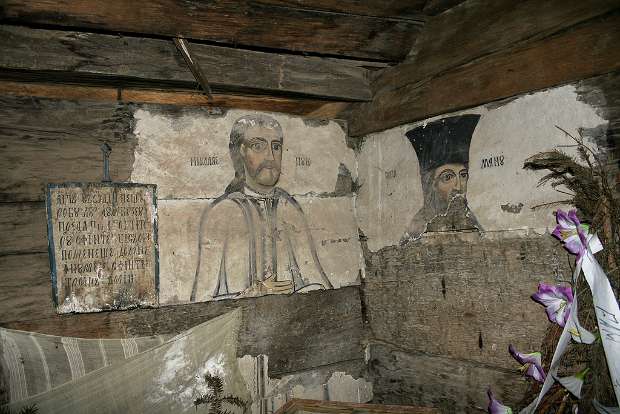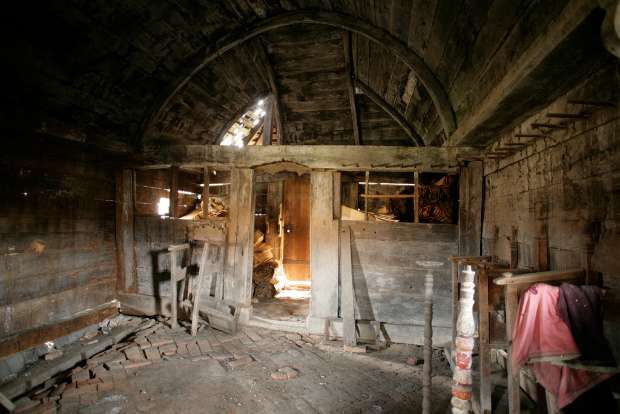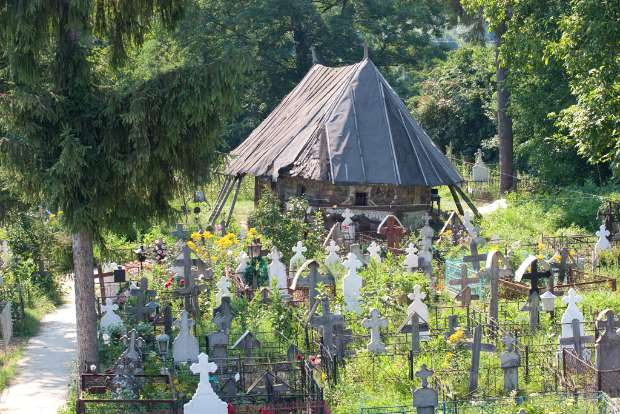Romanian wooden churches, among Europe’s Seven Most Endangered Monuments and Sites

Romania’s wooden churches in the South of Transylvania and the North of Oltenia region are among the seven most endangered cultural sites across Europe.
Other patrimony sites in Belgium, Greece, Italy, Portugal, Russia and Serbia have also been included among these endangered sites. The full list was announced at the ongoing European Heritage Congress in Vienna.
“This list is a key tool to raise awareness about endangered heritage in Europe. In common with these 7 monuments and sites, there are countless treasures in danger all across the continent. This list is, first and foremost, a call to action. Public and private stakeholders at local, national and European levels are urged to join forces to save the monuments and sites which tell our shared story and which should not be lost for future generations. We also wish to highlight that caring for our common heritage is a sound investment in Europe's social capital and economic growth,” stated Denis de Kergorlay, Executive President of Europa Nostra, the foundation which organized the event.
The 7 Most Endangered for 2014 were selected by Europa Nostra’s board from the eleven sites shortlisted by an international advisory panel, comprising specialists in history, archaeology, architecture, conservation and finance. These were based on nominations submitted by civil society organizations and public bodies from all over Europe.
The list of endangered sites also includes the historic stage machinery of the Bourla theatre in Antwerp in Belgium, the neighborhoods of Dolcho and Apozari in Kastoria in Greece, the citadel of Alessandria in Italy, the carillons of the Mafra National Palace in Portugal, the Colour Row Settlement in Chernyakhovsk in Russia and the synagogue in Subotica in Serbia.
Romania’s wooden churches were built by small communities in the 18th – 19th centuries, and many of them have been abandoned, despite their historic, social and cultural importance.
“The local community has made major efforts to rehabilitate and reuse these religious buildings but they have to be backed at national and European levels. The restoration of these churches would contribute significantly to the revival of old crafts, materials and construction techniques as well as to the training of young people. This could pave the way for routes between the villages, also stimulating traditional hospitality,” according to Europa Nostra.
The Romanian wooden churches, which are owned by some 60 local orthodox parishes, were nominated for these awards by the Foundation Pro Patrimonio.
editor@romania-insider.com
(photos: Pro Patrimonio Foundation)















